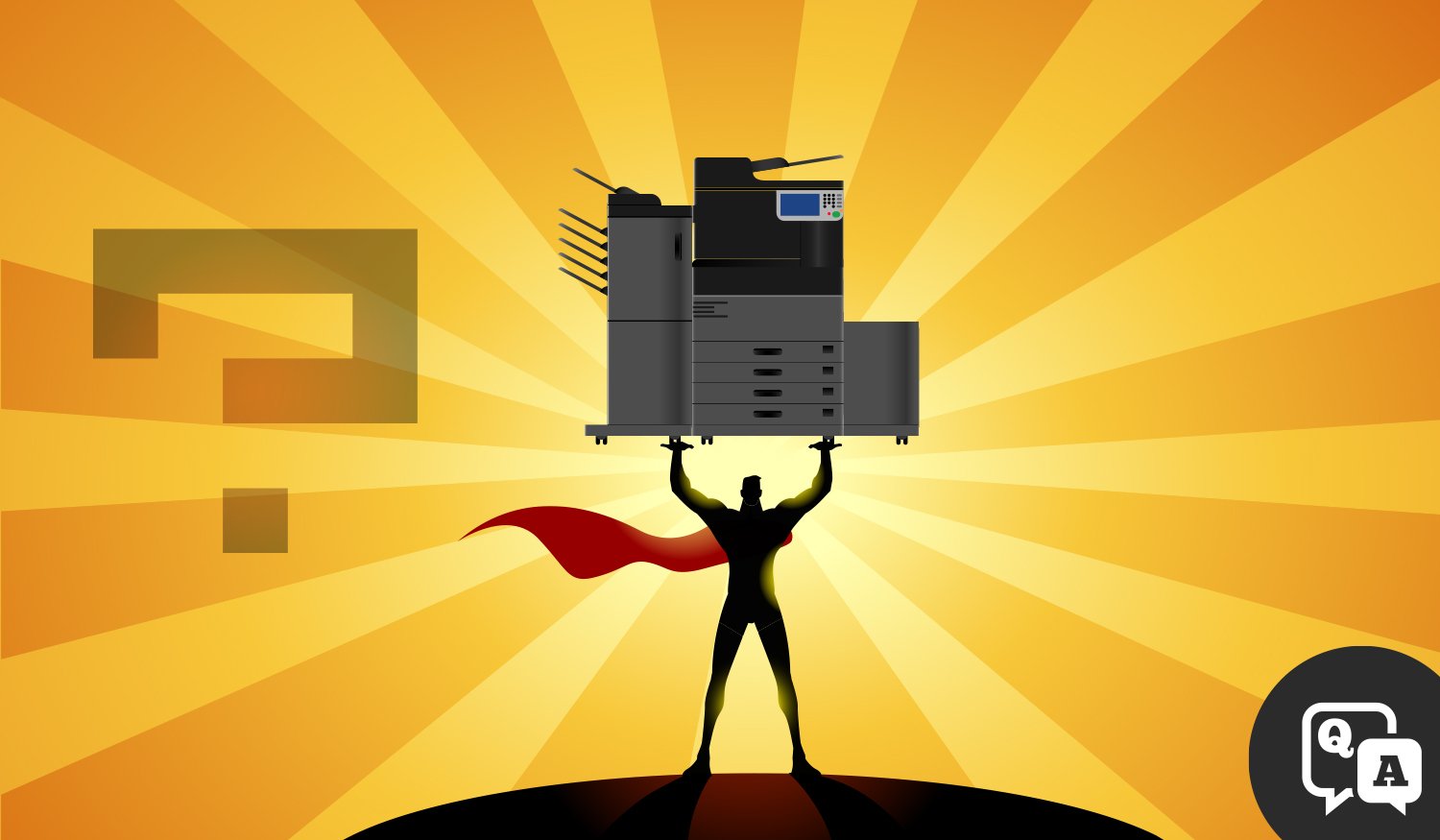
For those organizations on a limited budget, the release of lite-production models, like Canon’s imagePRESS Lite c165, open doors for these entities as an entry-level production printer with expanding capabilities and quality.
Most organizations — but certainly churches and non-profit organizations— rely on a variety of printed materials to serve their organization and/or get the word out in their communities.
Increasing numbers of short-run jobs (1-10,000 printed pieces) are making a traditional outsourced printer more expensive (large set up costs and processing fees). It's also becoming easier to justify an in-house solution. Churches, non-profits, and SMBs are often figuring out that they can do it faster — and sometimes better — by bringing in their own production-level equipment. But at what cost?
Two words: Lite Production.
For those organizations on a limited budget, the release of lite-production models like Canon’s imagePRESS Lite c165 (with production speeds of up to 65 ipm and its wide array of versatile in-line accessories) open doors for these entities as an entry-level production printer with expanding capabilities and quality.
By bringing these jobs in-house, churches, non profits and SMBs can now:
- print on-demand,
- with no more minimum quantity pricing and wasted print,
- and they control the process from start to finish.
However, there are considerations to make before opening the doors to in-house production.
4 Things To Consider Before Bringing Production Print-Level Jobs In-House:
1. Crunch the numbers.
Discovering and comparing current print costs both internal and outsourced can be an eye opener for most organizations. Sit down with a production print professional who knows where and what to look for when evaluating for organizations current spending, trends and trouble spots.
2. Identify your desired output.
What type of pieces are you producing (Brochures? Posters? Business cards? Booklets? Handbooks?), and at what volume? What equipment components are necessary to provide a desired result and streamline the process with minimal off-line work?
3. Stick to what's necessary.
Love the idea of full bleed leave-behinds? So do we! But is it justified? (Note: There are less expensive ways to accomplish that same result on a budget. Ask us about our Triumph Cutters!)
Point being: Before you order that two-knife trimmer and face-trimmer add-on, stick to potential capabilities and enhancements that are relevant and necessary to your primary set of jobs.
4. Lean on your print partner's expertise.
A thorough discovery process with your technology partner will help decipher what cost justification is there for bringing production in-house, but also strategically find ways to help contain wasteful costs within the production process.
As needs grow and change, finding an in-house leasing partner who can accommodate future upgrades for changing needs is also an added advantage.
Are you ready to explore the potential of your production-level print jobs moving in-house? Are you ready to print on demand and control the process from end to end? Let's visit!



